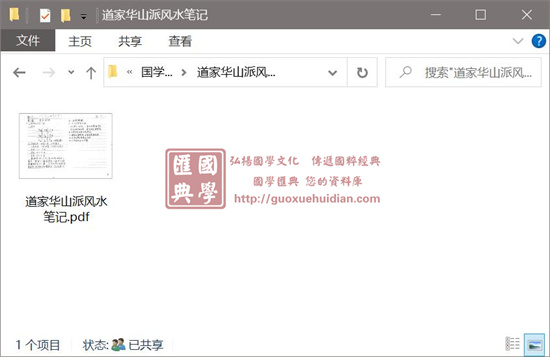Interpretation of Yang Junsong’s “Dragon Vessel Gemology” Shaking the Dragon Sutra
Yang Junsong’s “Dragon Vessel Gemology” PDF e-book download of the internal data of the interpretation of the Dragon Sutra. Author brief introduction Yang Junsong (April 20, 834-March 12, 900), commonly known as Yang Jiupin, named Yi, courtesy name Yunsong, nicknamed Jipin, nicknamed Xuanchi, was born in Douzhou (now Guangdong Xinzhou) in the Tang Dynasty. Born in Bafang Village, Long Town, Yishi Town). He was the national teacher of Emperor Xizong of the Tang Dynasty, and his official position was up to Doctor Jin Ziguanglu.
Download the internal materials of Yang Junsong’s “Dragon Vessel Gemology” Interpretation of Shaking Dragon Scripture as PDF e-book.
Brief introduction of the author Yang Junsong (April 20, 834-March 12, 900), commonly known as Yang Jiping, named Yi, styled Junsong, nicknamed Jipin, nicknamed Xuanchi, Douzhou in the Tang Dynasty (now Bafang Village, Long Town, Xinyi City, Guangdong Province). He was the national teacher of the Emperor Xizong of the Tang Dynasty, and his official position was Doctor Jin Ziguanglu. He was in charge of Lingtai Geography and was a famous geomancer and Fengshui expert in the Tang Dynasty. Author of “Suspected Dragon Sutra”, “Shaking Dragon Sutra”, “Li Cone Fu”, “Black Nang Sutra”, “Thirty-six Dragons”, “Qing Nang Austrian Language”, “A Grain of Millet”, “Du Tian Bao Zhao Sutra” “, “Tianyuan Black Rabbit Sutra”, “Burial Method Inverted Stick”, “Tianyu Sutra Internal Biography”, “Tianyu Sutra External Edition” and other books. . Because he used geography and Fengshui to practice in the world and make the poor rich, so the world called him Mr. “Jie Poverty”, and later generations also called him “Yang Ji Poverty”. [2] In the middle of Guangming (880), Huang Chao broke the capital and Jun Song left the capital. He first went to Kunlun Mountains, and then to Qianzhou (Ganzhou, Jiangxi). During his stay in Qianzhou, he met Zeng Wenxuan at the Huangchan Temple in Chongxianli, and met within the abbot. During the conversation, Zeng Wenxuan was overwhelmed by his extraordinary Fengshui knowledge, so he worshiped Yunsong as his teacher, followed him day and night, and tried his best to be a disciple. Later, he traveled with his teacher to the mountains and rivers, looking for dragons and grasping the veins, and got Yang Junsong’s careful guidance, observing the dragon’s potential, observing the shape of the acupoints, the sandy water on the top of the mountain, and the body and function. Zeng Wenxuan then gradually mastered the way of Kanyu and became Yang Junsong’s first disciple. Yang Junsong dictated the writing to his apprentice Zeng Wenxuan. And the new water classics. Among the thousands of books in the world, only the “Qing Nang Jing” is the most important. From the Yuan Dynasty, Liu Bingzhong annotated the Yuchi Jing with Tianji to cooperate with Yang Gong and Tianxing to regulate Qi. Yang Gongchuan Zeng Wenxuan Liu Jiangdong Hu Dwarf Immortal Li Hua. Zeng Wenxuan was passed on to Liao Yu and Liu Jiangdong to Tan Wenmo, and Tan Kuan, the eighteenth grandson of Tan Wenmo, was passed on to Liu Ji. Lao Zeng was passed on to the eighteenth generation. By the early Qing Dynasty, Li Qingyun, Zheng Songshan and Xu Shouzhen were relatively well-known in Fujian, Zhejiang and Gan areas. Li Qingyun, the son of Li Bangxun, a native of Fuzhou Prefecture, Jiangxi Province, has been proficient in scriptures since childhood. At the age of seventeen, he was promoted to a Jinshi and received a prize from Nanzhou. The husband knew astronomy at first, and geography at the bottom, and later fled to the Lin family in Quanzhou, Fujian Province for some reason, and became his son-in-law. Later, King Geng was defeated and fled to the mountains. In the 12th year of Lijiashan, there was a cave of Li’s family. Later, because of his wealth, Yang became the teacher in the Southern Song Dynasty. It is also because of this that the children and grandchildren of several acupoints are developed. Emperor Kangxi Yiwei lived in Puchuan for more than ten years. Travel with famous people, walk famous mountains by day to find caves, and draw pictures at night for self-recording. Later, I went to the ancestral tomb of Bailin in Nanping, and the Liyi cave in the Dakeng, and the rest could not be written. Then, I went to Xiakou, Jiangnan, Pingyang, where the Wu family produced water lotus, and went to Beigang, Daxi and Pagoda, and other places. At the end of eighty years old. Mr. Zheng Songshan, known as the louse Zheng, met Li and exchanged his books. His reading ability was no less than that of Li. The two masters merged into one Li Xiansu Daogu and Zheng Qingsu combined into “Qingsu Daogu”. Zheng is disheveled, drunk and talking nonsense, even though the famous people are convinced, it is difficult to say anything. In his later years, he lived in Zhang Shun’s family in Dawangsha Village, Qiaodun, Pingyang, and died in Zhang’s family. Zhang honored him with his father’s courtesy. Zheng Yi and Li Zheng co-authored “Qing Su Dao Bone” to expand and teach what he learned in his life. As a result, Mr. Zhang Shun was well-known in the Zhejiang-Fujian area at that time. The Zhang family passed down eight generations to the early years of the Republic, and the descendants donated it to Li Gong in Qingjie, Pingyang. Li was a master in the area at that time, and the graves were broken as he saw with his own eyes. In the new century, because of Li’s old age, no one of his descendants would learn this unique knowledge for fear of being lost to the world. Later, he gave it to Lu Qingyun in Cangnan, and taught it by precept and example for several years. Xu Shouzhen was a native of Fuzhou. In the Ming Dynasty, he was appointed as a military adviser by Xiaolian Geng Jingzhong. King Geng was defeated and fled to Nangang, Pingyang, to join Xu’s family, so he changed his name to Xu Jin and traveled all over the world to talk about the luck of the three elements, so as to accumulate wealth for the good people’s family, and use it for the violent family. The Zhejiang branch was inherited from this. Liao Yu, Fan Yuefeng, Li Boshao, Liu Miao, Ye Qi, Shao Tingjian, etc. successively devoted themselves to his apprenticeship and became famous masters of geomancy. Yang Junsong abandons the belief that orientation itself has both good and bad luck, and adapts measures to local conditions, chooses according to the shape, observes the ins and outs, and pursues a beautiful artistic conception. He pays special attention to the analysis of the surface, topography, features, atmosphere, soil, and direction. The beautiful place gradually evolved and developed, forming the “form theory” and “the method of Luantou” of Feng Shui. “The theory of form and method” originated from Yang Junsong, Zeng Wenxuan, Lai Dayou, Xie Ziyi and others in Ganzhou. The theory is mainly based on the situation. It originates and ends, and refers to the matching of sand and water in Longxue. “[1], so it is also known as Gan School Fengshui. It forms the four programs of looking for dragons, inspecting sand, observing water, and tapping acupuncture points to investigate mountains and rivers and survey terrain. Modern and contemporary Fengshui scholars have all practiced Yang Junsong’s Fengshui theory, respect him as the patriarch of Chinese geomancy. On the ninth day of March in the third year of Tang Guanghua (900), Yang Junsong died of illness in Qianzhou at the age of 67 and was buried in Yaokouba, Yudu Hanxin Gorge, Qianzhou. Introduction
Basic knowledge of geography, yin and yang, five elements, eight trigrams nobles, Hetu Luoshu, three cardinal guides and five constant principles, four beauties and ten evils, geomantic terminology, heaven and earth, people and ghosts, Beichen, December general, drinking shape, dragon vein, nine stars and eight Wind, love and ruthlessness, Huabiao guards the door, officials, ghosts and birds shine, closes the mountain and comes out of evil, three hexagrams, five in ten. ②Dragon law explains the status of Chinese dragon veins, the origin of the dragon’s ancestors, stripping and opening accounts to enter the gorge, the dragon’s High or low, star identification, usage of the seventy-two dragons piercing mountains, ten essentials of dragon methods, standard for dragon selection, division of dragons into left and right, four dragon games, eight evil spirits above dragons, secrets of finding dragons. Field acupoints, identification of true acupoints, 100 methods for selecting acupoints, 24 mountains and soil colors, good and bad sand, 33 grids of auspicious sand, sand dialing methods, Lai Gong’s true secrets of sand dialing, secrets of sand elimination, Ming Tang’s good and bad format, ④Water law explains the types of water outlets, the principle of good and bad water law, the vertical line of the twenty-four mountain water law, the three yuan water, the eight major bureaus of Longmen, the eight trigrams water, the twelve long-lived water law vertical line, the twenty-four mountain yellow spring Water, the eight major acupoints and the water outlets of the four bureaus, the water in front of the grave is ten inappropriate. Xiangfenjin, fourteen gods, twelve directions to see good and bad luck. ⑦Precautions for Fengshui geographers, taboos for burials month by month, taboos for finding dragons and acupoints, secret methods for disaster relief and body protection, how to use town objects and cracking methods, the day of killing masters, ⑧the principle of entering a tomb, how to determine the generation and division of houses, The method of dragon and tiger is broken, the mountain is broken, the water mouth is broken, the fire pit is broken in the twenty-four mountains, the rich and the poor are broken, how to know the scriptures, the tomb and the mansion are broken, the soil color is broken, the sand and water in the twenty-four mountains are broken, and the twenty-four mountains are divided The method of golden thread, breaking towards the mountain, breaking the case mountain, breaking the tree into the grave, breaking the twenty-four mountains and the human body. .Judging Dragon Bureau. ⑩Choose the cemetery to operate the specific burial principles, twenty-four mountain burial methods, feng shui in the yin house for good and bad fortune and the three auspicious and six evil, the mystery of the inner hall, the seventy-two burial methods of Lai Buyi, the secret of life and restraint. ⑩①Funeral Steps and procedures Leading the way, encoffining, enshrining, spirit flags, soul-inducing flags, breaking the ground and tapping acupuncture points, breaking ground taboos, cutting grass and cutting grass, raising the spirit after the funeral, placing the coffin, rounding the tomb for three days, burning seven times, returning to the evil spirit, burial taboos and resolution methods ⑩② Funeral spell usage encyclopedia Set points to break the ground, draw the hole to remove the soil, cut the grass curse, build the coffin and seal the coffin curse, send the funeral curse, clean the house curse, open the way curse, the compass curse, draw the hole to break the earth curse, enter the coffin and raise the spirit curse, Curse to avoid disasters, place the earth behind the grave, yin and yang to protect the body, the dead to enter the tomb, set the five fine stones, raise the grave, requiem the soul, seal the earth, land the gods, return to the past, and drop the streamer There are dozens of kinds of incantations, hell-breaking curses, ⑩③ funeral documents breaking earth, sacrificial gates, opening roads, breaking coffins, cleaning houses, and sealing mountains. ⑩④Principles of choosing a date for funerals The basic principle of choosing an auspicious burial is that twenty-four mountains choose auspiciousness, the year and month are the three killing days, and the five elements choose a day to form a pattern. The day and time are in place, the evil spirits will not come out, the Tai Sui is the life, avoid the three killing days, the funeral is an inauspicious day, especially avoid the burial, break the ground and choose a date, burial and choose a date, immortal life three kills, natal three kills, Dizhishan family usage, funeral Full explanation of the principle of choosing a date and resolution methods, the day of funeral and death, and the method of cutting the banner of the soul.
Some screenshots
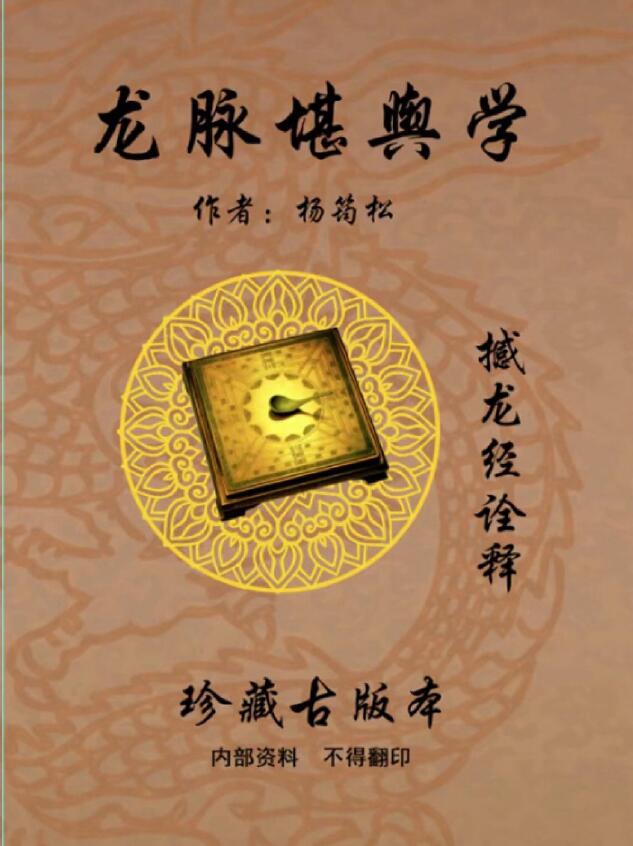
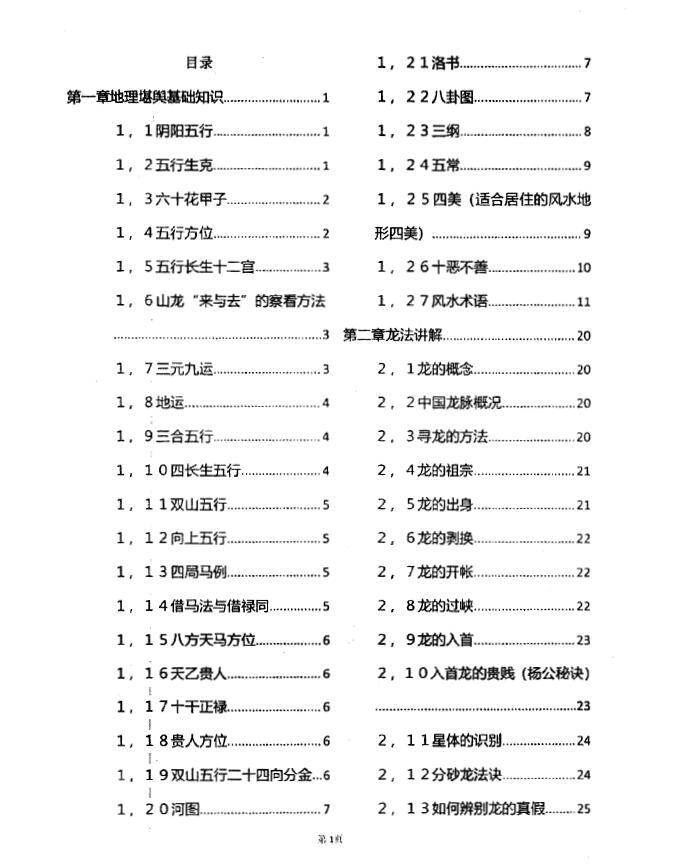
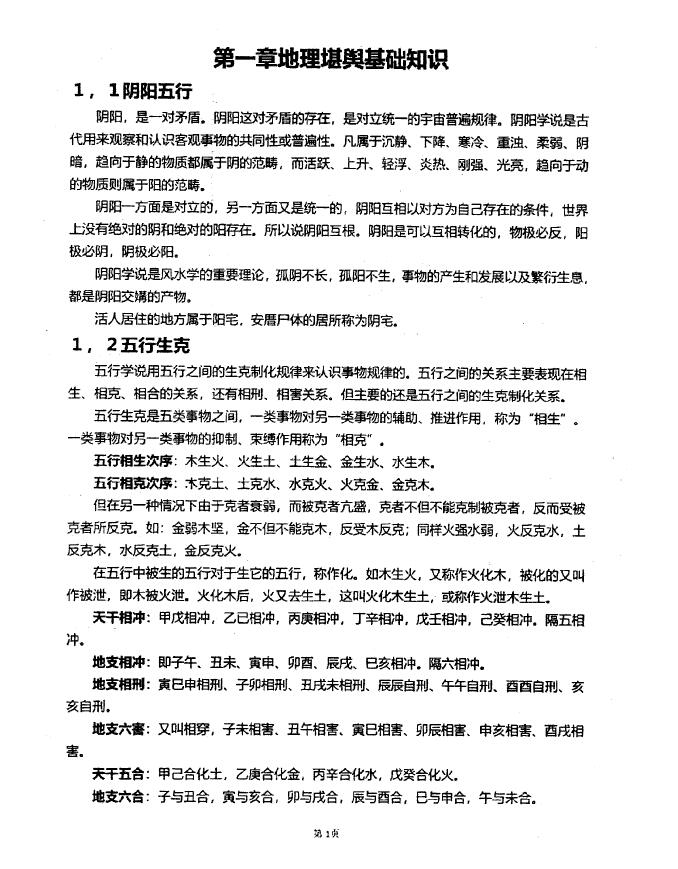
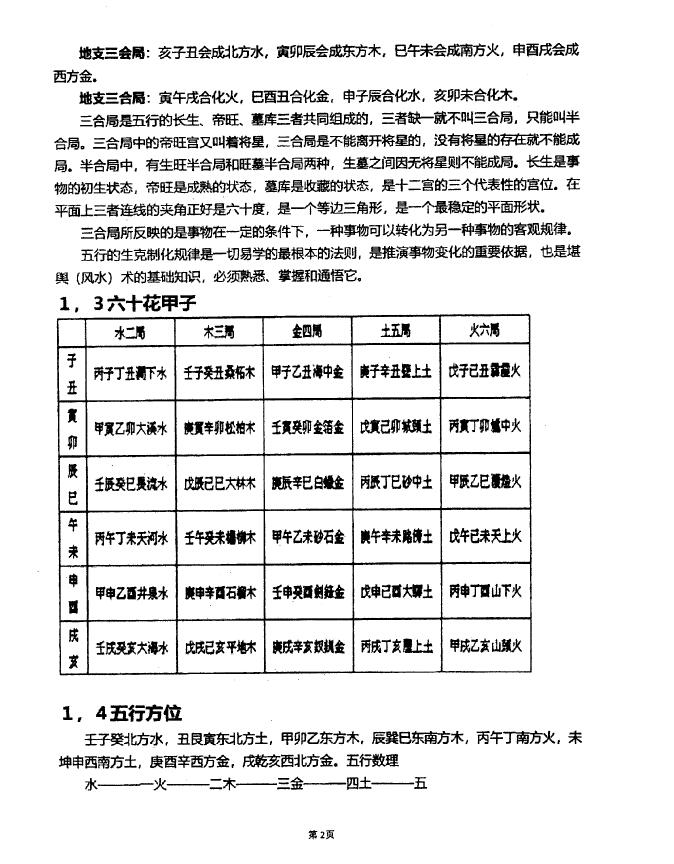
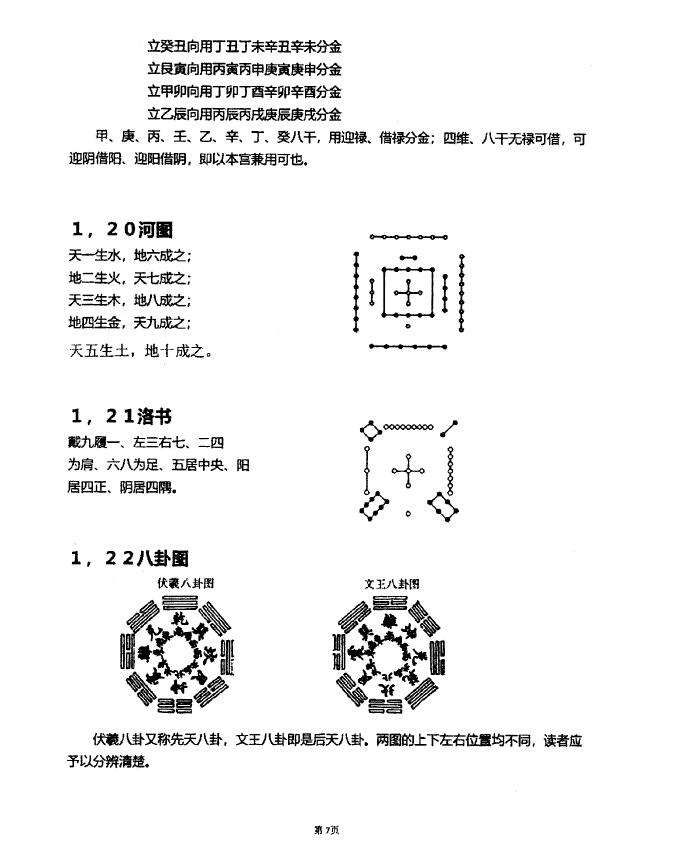
BOOK INFO:
- Publication Date: 未知
- Language: 中文
- Identifier: 内部视频
- Total Pages: 1
- File Type: PDF
Search Tags:
Download Link:
Payment Method:
1、Open Tittle
2、Click to Pay New
3、Click on the material you want to buy
4、Click on "Payment Methods"
5、Click on the material you want to buy
6、Choose from one of your existing payment methods or add a new one
7、Complete purchase
NOTE: If you add a payment method when making a purchase, it will be saved in your account.
